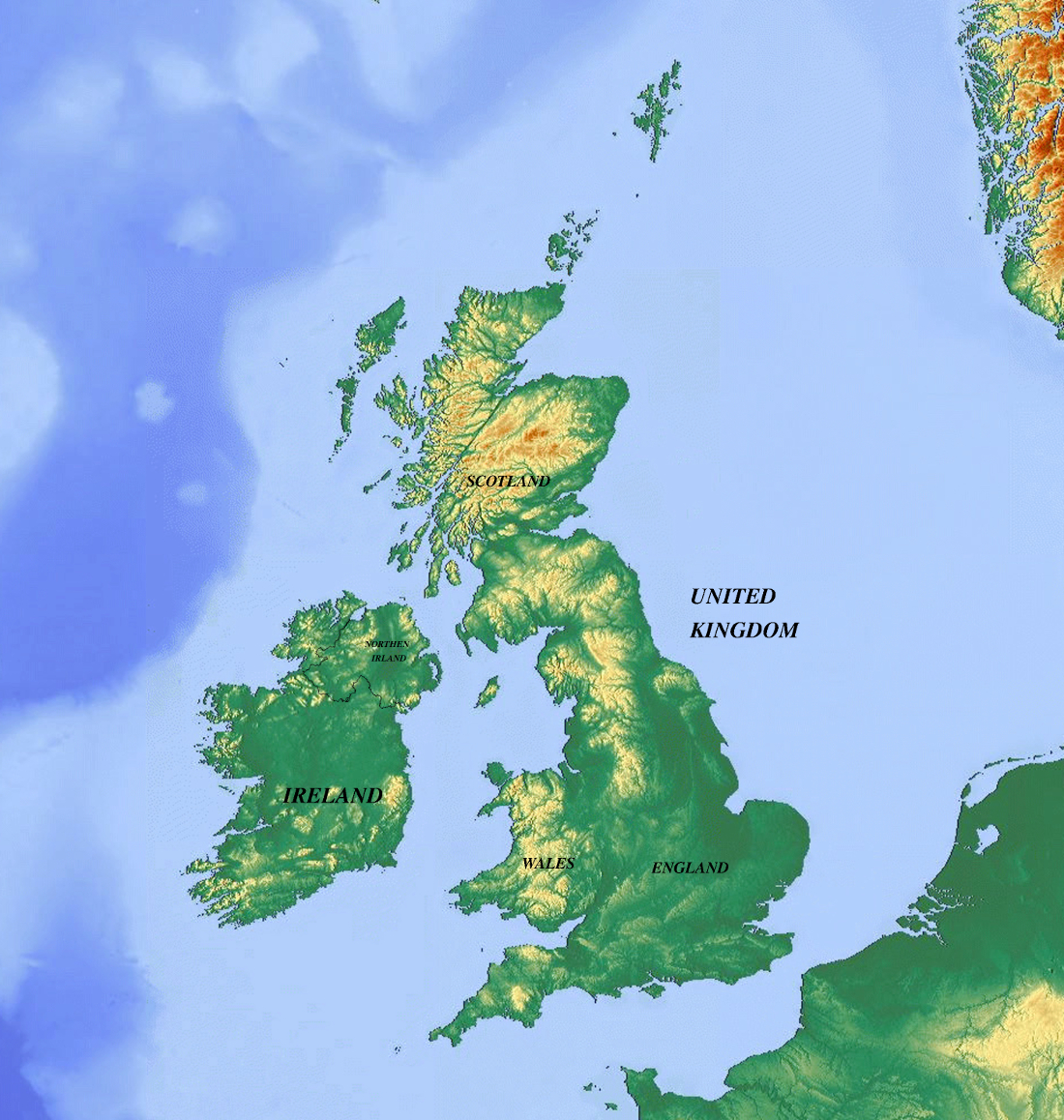Islands are often associated with serene beaches, isolation, and natural beauty, but some are teeming with human activity and dense urban development.
Around the world, several islands are home to millions of people, functioning as vital economic, cultural, and political hubs for their respective countries.
Their high population densities make them fascinating examples of how geography and human society intersect. Below is an exploration of the world’s most populated islands, each playing a unique role on the global stage.
Java, Indonesia

Java is not only the most populated island in Indonesia but also the most populated island in the world. Home to over 150 million people, Java hosts more than half of Indonesia’s total population despite covering only about 7% of the country's land area.
This immense concentration of people is largely due to the island’s historical and economic significance. Java is the political heart of Indonesia, as it houses the capital city, Jakarta, which alone is home to over 10 million residents.
The island has fertile volcanic soil, which historically supported rice cultivation and early kingdoms, contributing to its dense settlement.
Today, Java remains a hub for industry, education, and commerce, but it also struggles with overcrowding, traffic congestion, and environmental challenges resulting from its population density.
Honshu, Japan

Honshu is the largest and most populated island of Japan, with a population exceeding 100 million people. As the location of major cities like Tokyo, Osaka, Kyoto, and Hiroshima, Honshu forms the cultural and economic backbone of the country.
Tokyo, situated on Honshu, is the world’s most populous metropolitan area, home to more than 37 million people in the greater metropolitan region.
Honshu has been central to Japanese history and development for centuries, with many of the country's key historical events and innovations taking place there.
The island boasts advanced infrastructure, including high-speed rail, extensive road networks, and some of the world's busiest ports.
Despite being prone to natural disasters such as earthquakes and typhoons, Honshu remains a symbol of resilience and technological advancement.
Great Britain, United Kingdom

Great Britain is the largest island in the British Isles and the third most populated island in the world, with around 67 million inhabitants. The island comprises three countries: England, Scotland, and Wales, with England accounting for the majority of the population.
London, the capital of both England and the UK, is one of the world’s major global cities, known for its financial sector, cultural institutions, and historical landmarks.
Great Britain's population growth was spurred by the Industrial Revolution, which began on the island in the late 18th century and transformed it into a center of innovation and economic activity.
Today, Great Britain continues to play a significant role in international affairs, commerce, and education, even as it navigates complex political and social changes.
Luzon, the Philippines
Luzon is the largest and most populated island in the Philippines, with a population of over 60 million people. It serves as the political and economic core of the country, housing the capital city, Manila, and the rapidly expanding metropolitan region of Metro Manila.
The island's strategic location in Southeast Asia and its rich natural resources have made it an important center for trade and agriculture.
Luzon’s population density is particularly high in urban areas, contributing to challenges such as housing shortages, traffic congestion, and pollution.
Nevertheless, Luzon remains a key driver of the Philippine economy, hosting major universities, government institutions, and industrial zones.
Sumatra, Indonesia

Sumatra is one of Indonesia's largest islands and the sixth most populated island in the world, with a population of over 60 million people.
Unlike Java, Sumatra is less densely populated but still holds significant importance due to its vast natural resources, including oil, natural gas, coal, and palm oil.
The island is also known for its biodiversity, including endangered species like the Sumatran tiger and orangutan. While Sumatra has several major cities, including Medan and Palembang, much of its population lives in rural areas.
Development efforts are ongoing, especially in infrastructure and education, to support its growing population while also addressing environmental concerns caused by deforestation and resource extraction.
Mindanao, the Philippines
Mindanao, the second-largest island in the Philippines, is home to around 26 million people. The island is known for its agricultural output, particularly in bananas, pineapples, and coconuts, and has significant mining and energy resources.
Unlike Luzon, Mindanao has historically experienced social and political unrest, partly due to ethnic and religious diversity and separatist movements.
However, recent peace agreements and investment in infrastructure are helping to stabilize the region and unlock its economic potential. Davao City, one of the largest urban centers on the island, is a growing hub for commerce and education.



















